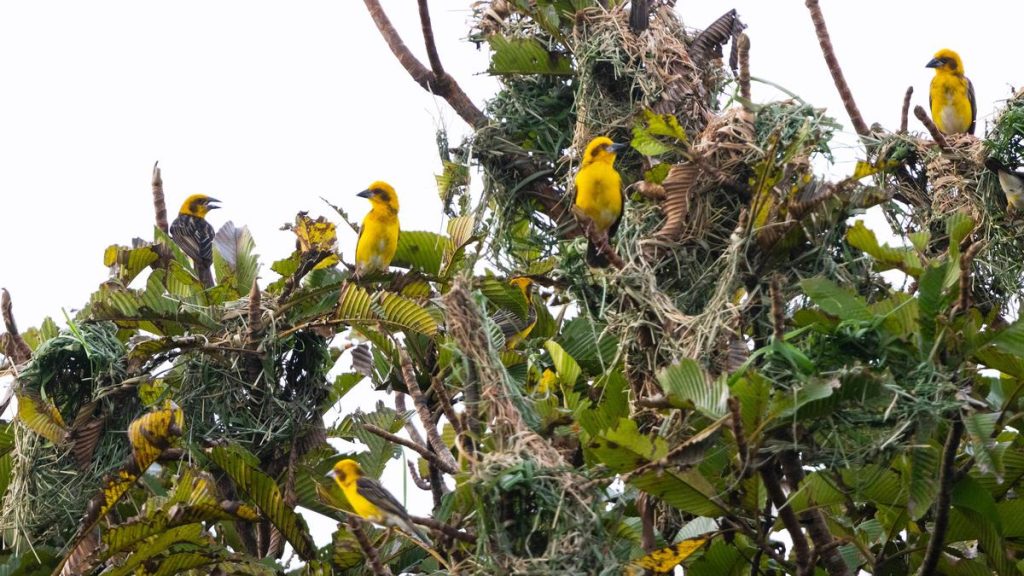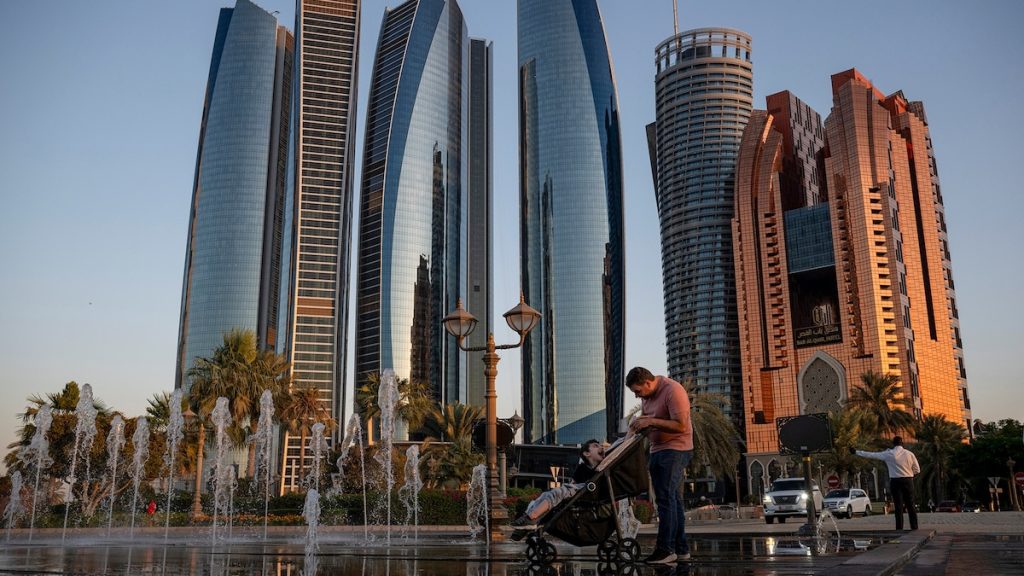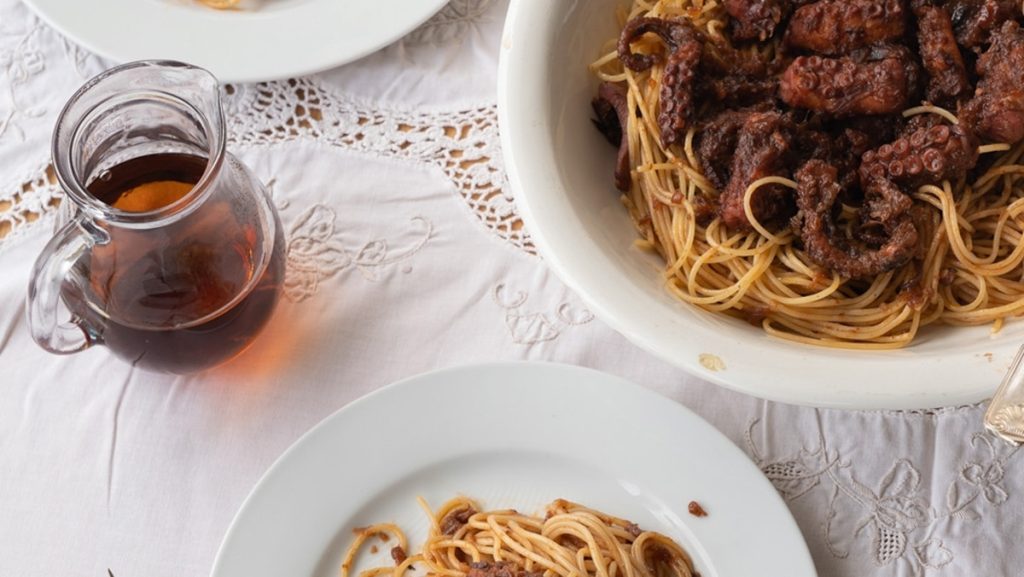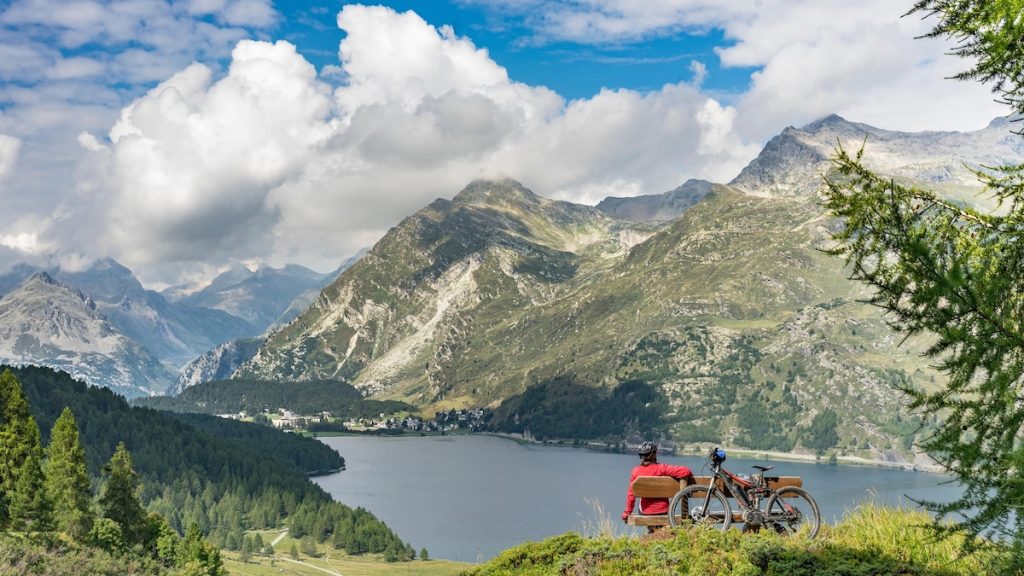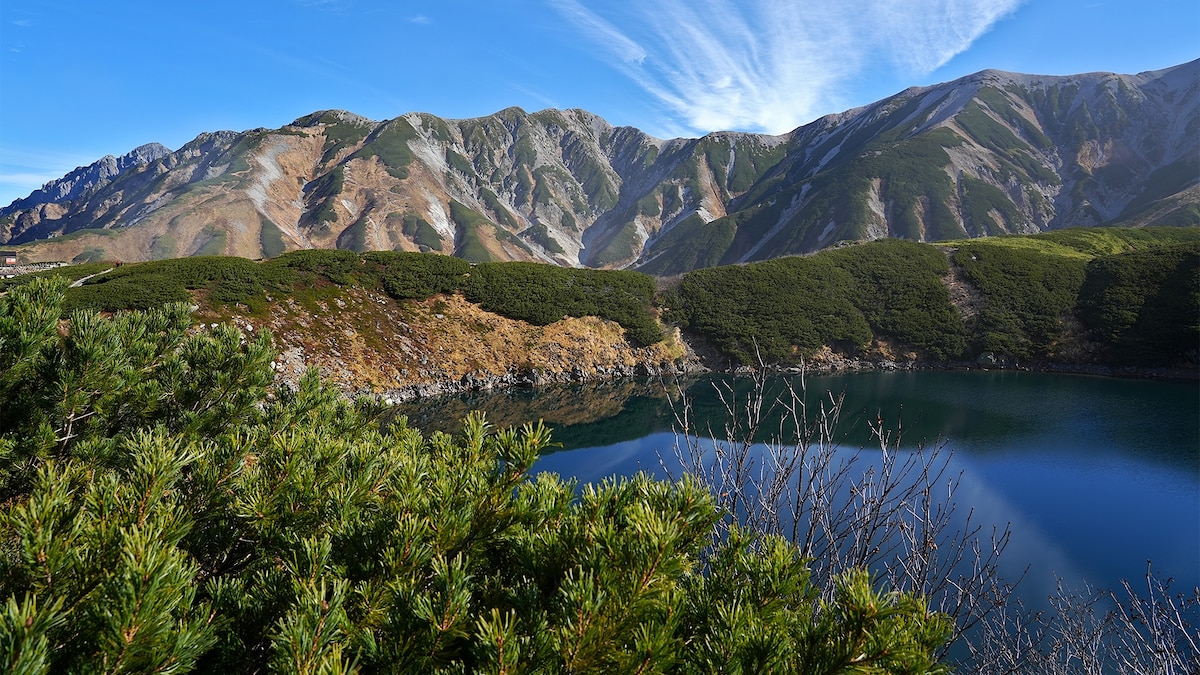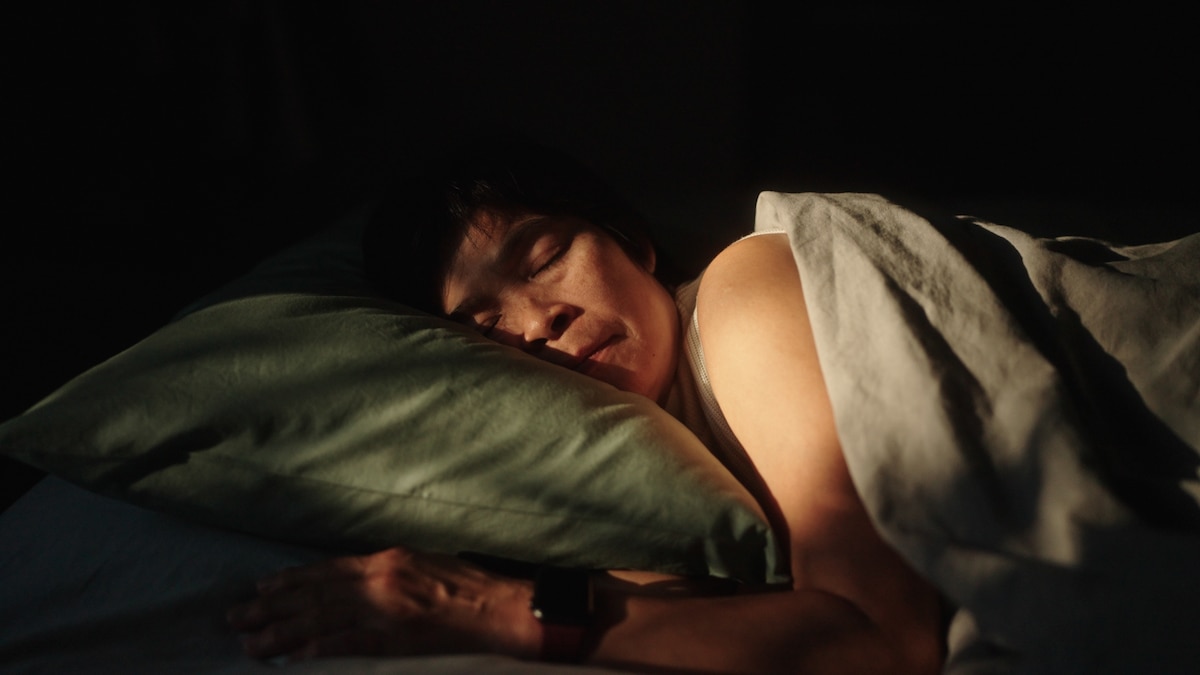Now Reading: How County Cork in Ireland became a supreme food destination
-
01
How County Cork in Ireland became a supreme food destination
How County Cork in Ireland became a supreme food destination
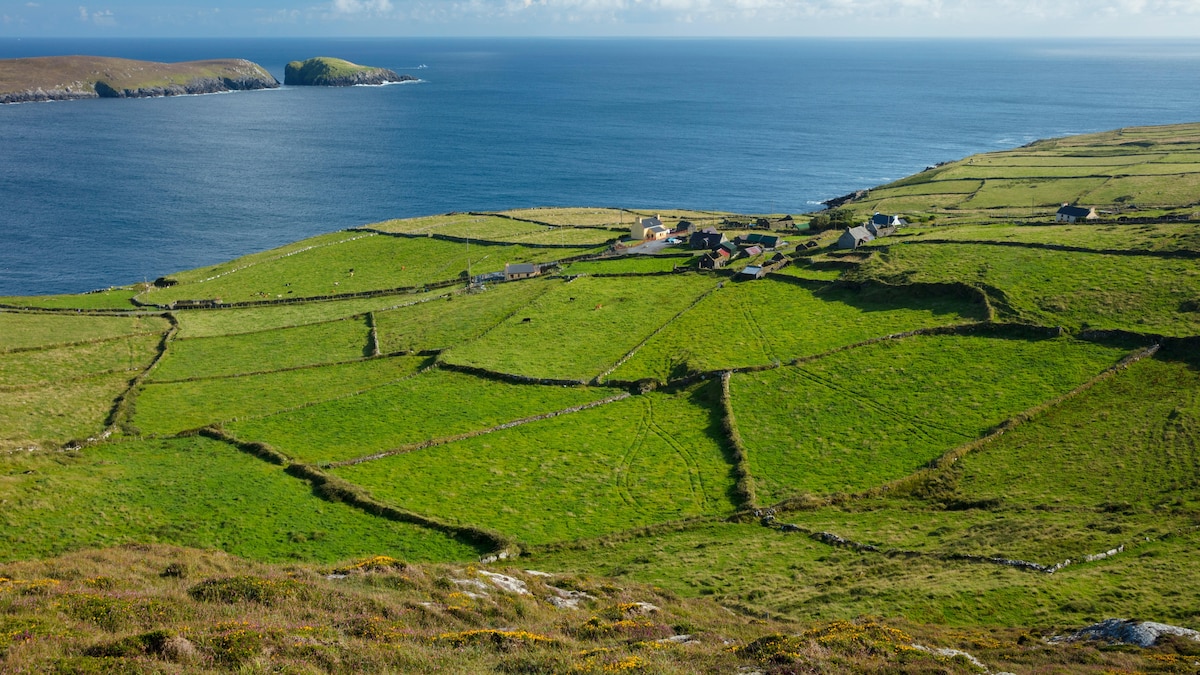
Across County Cork’s wide and quiet expanse of gently rolling hills and craggy coastline, a culinary renaissance is unfolding, led by dairy farmers, foragers, fish smokers, and chefs. Here, Ireland’s soul and story are best understood on the plate.
Long overlooked on Europe’s gastronomic map, Ireland is emerging as a top culinary destination—nowhere more so than in this rugged southwestern corner. County Cork’s unique microclimate and creative community has served as fertile ground for culinary invention; and the hills are green nearly all year and shores are laden with seaweed superfoods. You’ll find Michelin-starred restaurants hiding in villages of just a few hundred people, farmers crafting new kinds of cheese, and wild foragers bringing the native plants of Ireland back to palates.
More than just boiled potatoes, beef stew, and fish and chips, diners can find dishes like Rossmore oysters with strawberry vinegar granita; hawthorn shoot salad; cold-smoked, wild-caught salmon; and soda bread made with sea truffle (dillisk).
The Community Smokehouse is modeled after the communal village ovens of the past.
Photograph by Max Jones, Up There The Last
County Cork’s shores are laden with seaweed superfoods.
Photograph by Max Jones, Up There The Last
In County Cork, from the east to the west, ancient Irish food traditions are converging with global influences, wild food, and practiced sustainability, and the story of contemporary Irish cuisine is alive and ongoing.
How Ireland’s history shaped its modern cuisine
To understand the culinary present in County Cork, you must first understand the scars of Ireland’s past. “A country’s food history is intimately connected to its political history,” says Kate McCabe, co-founder and creative director of Bog & Thunder, a tour company that crafts bespoke trips throughout Ireland centered around meeting its artisans and producers.
Ireland’s food story is entangled in its colonial occupation. As Britain’s first colony, Ireland’s natural bounty, like butter, beef, and dairy, was exported to England, while the native Irish faced hunger and dispossession. Focused on subsistence farming and forced to use their best product to pay landlords. Despite having high-quality produce and dairy, it wasn’t available to the Irish.
Max Sussman, culinary director and co-founder of Bog & Thunder, estimates Ireland’s culinary experimentation didn’t start playing catch-up until the post-war period, continuing through modernization, independence, and European Union investment. This, combined with re-population—Ireland only reached pre-famine numbers in 2021—are contributing factors to a modern culinary scene that’s still relatively young.
“We’re at this incredible point in time,” says Suzanne Burns, leader of Kinsale Food Tours, where guests forage for seaweed and learn about Ireland’s forgotten edibles—wild gorse, dandelion, hawthorn, and sea lettuce. Today, Burns says Ireland’s food is a trifecta of “really good traditional food that has embraced fusion food and wild food.”
The terroir, soil, climate, and land play a part, but so too does the growing population, Burns says, “and they can play.” Neighboring countries’ food traditions often have rigid defining rules, like Italy’s Parmigiano-Reggiano or France’s baguette, for example. But Burns says, “Here people are freestyling.”
(A pub-lover’s guide to Cork, from craft cocktails to fireside pints)
The rise of West Cork’s artisan food movement
That sense of play is at the heart of some of Cork’s most renowned food products. Fingal Ferguson, a cheesemaker at West Cork’s Gubbeen Cheese, describes the far side of the county, where his parents landed in the 1970s, as experimental and collaborative.
“It was this bunch of eccentric West Cork hippies,” says Ferguson, laughing. “They were swapping rennet, helping each other make molds.” By the 1980s, Ferguson estimates that 80 percent of Ireland’s artisan food producers were located in West Cork, specifically.

Fingal Ferguson is a cheesemaker at West Cork’s Gubbeen Cheese.
Photograph by Max Jones, Up There The Last
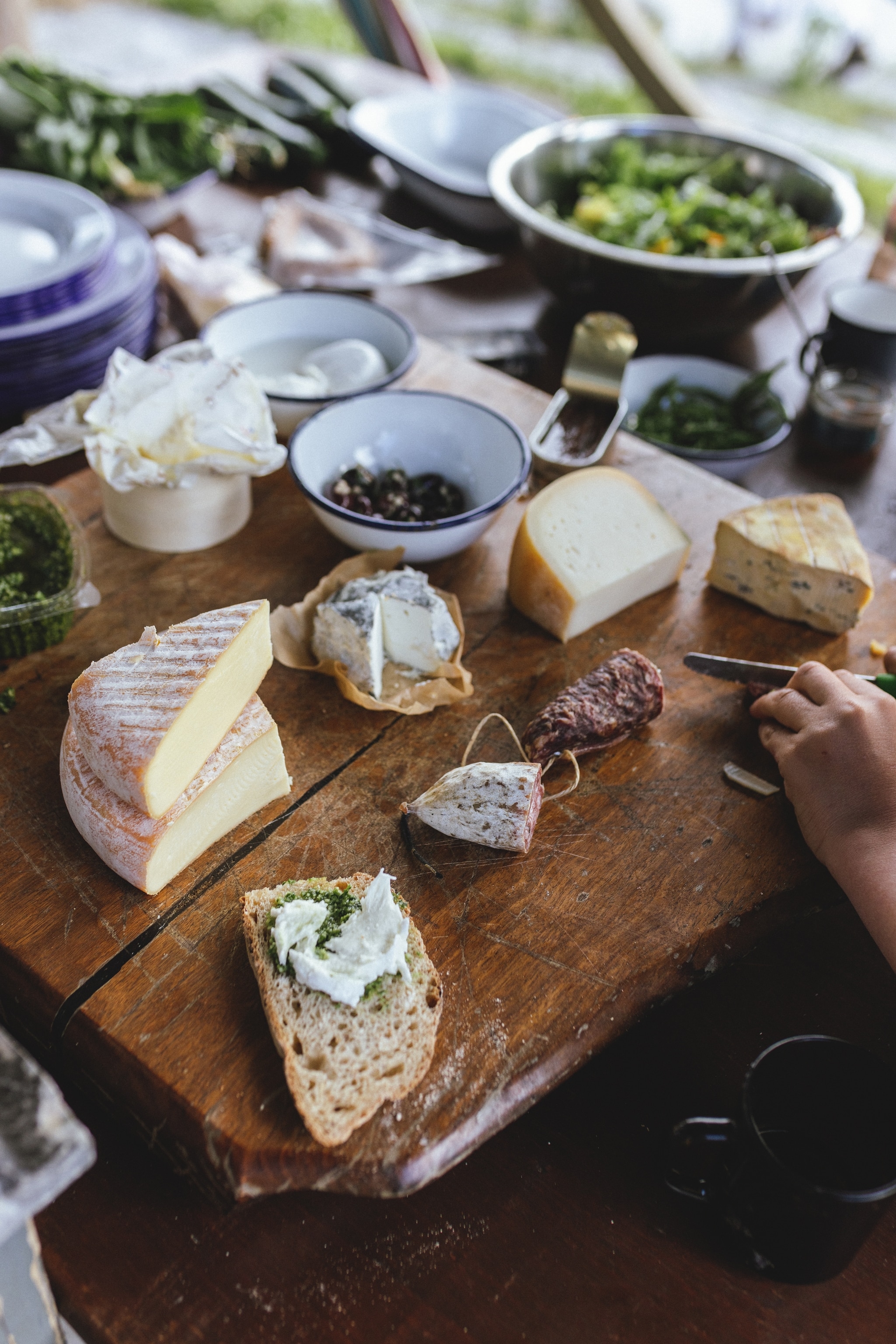
Gubbeen Cheeses can be found at top restaurants around Ireland.
Photograph by Max Jones, Up There The Last
Now, a generation later, those early experiments in making cheese have resulted in Gubbeen’s quintessentially Irish semi-soft cheese served on cheese boards in top restaurants and sold at Cork’s English Market. That success has allowed the farm and business to continue to play with their food, experimenting with Spanish-style curing and resulting in a line of chorizo, dry-cured bacon, salami, and hot-smoked meats.
The county’s bountiful natural resources provided ample ingredients to experiment with. Cork County is vast and wide—flatter in the east, ideal for crops; rolling grassy hills in the west, good for grazing livestock. The Atlantic wraps the peninsula in a mild oceanic climate all year. Rain is frequent and grass is luscious almost year-round, resulting in a long outdoor growing and grazing season. Favored by nature, the grass is rich in carotene, what leads to the shock of yellow characteristic of Irish butter and a flavor so recognizable chefs can identify its terroir by taste.
Fern Allen, daughter of Ireland’s celebrated culinary matriarch, Myrtle Allen, says the country house hotel and restaurant, Ballymaloe House, was the original farm-to-table before the phrase became a movement. When Myrtle Allen began cooking simple, seasonal meals in the 1960s with products from her own farm, writing a new menu each day, it was seen as amateurish. The word “local” was an insult, inferior to ingredients from abroad, says Darina Allen, daughter-in-law to Myrtle and founder of Ballymaloe Cookery School.
A woman running a restaurant out of her home was a radical act. Yet Myrtle Allen’s boldness earned her top ratings in food guides, and she became the first female chef in Ireland to win a Michelin star. She went on to co-found the Euro-Toques European Chefs Association, an organization that amplifies the voices of small European producers and farmers who are prioritizing quality, taste, and European culinary heritage.

Signature Ballymaloe dessert trolley at Ballymaloe House Hotel.
Photograph courtesy Ballymaloe House Hotel
The best chefs and restaurants in West Cork
Myrtle Allen put Irish produce and farmhouse meals on the global stage, and after came an ever-growing list of Irish culinary innovators. Bog & Thunder’s McCabe says, “Some of the most exciting food, I think, in Ireland right now is made by immigrant chefs.” In the West Cork village of Baltimore, Turkish-born chef Ahmet Dede has garnered two-Michelin stars for his restaurant, dede.
In the small village of Ballydehob, population 200, chef Rob Krawczyk opened Restaurant Chestnut in 2017, and within five months had earned a Michelin star that’s never left. His house charcuterie draws on his father’s Polish meat-curing techniques, and his menu is crafted using ingredients within a 10-kilometer radius.

Turkish-born chef Ahmet Dede has garnered two-Michelin stars for his restaurant, dede.
Photograph courtesy Customs House Baltimore

Dede is located within the West Cork village of Baltimore.
Photograph courtesy Customs House Baltimore
It’s what he observed growing up, watching his parents run a three-seat eatery from their home kitchen in Schull. “Just because someone says it’s local doesn’t mean it’s good,” he says of the overused word, but “[Irish product] was the best. It is the best.”
(10 of the best restaurants in Ireland and Northern Ireland)
The community behind Ireland’s culinary revival
Up a rocky, single-lane drive in southwest Cork stands an ocean-weathered wood studio not far from the Celtic sea. The two-room workshop, Woodcock Smokery, is where Sally Barnes smokes exclusively wild-caught fish using traditional, simple techniques. Beech wood, not oak. Salt. Time, and a close eye on the smolder. Here, she teaches her methods and the importance of working with wild-caught fish.
All of the food artisans Ferguson grew up with, like Barnes, he says, “none of them were doing this because of a business plan.” He said, “they love the feedback of how it made people feel, and they felt connected to it.” Barnes echoes the sentiment of her food and skill sharing, “It’s encouraging a community and a place-based experience for people.”
Sally Barnes founded Woodcock Smokery in 1981, working exclusively with the best of Ireland’s wild fish.
Photograph by Max Jones, Up There The Last
If County Cork’s terroir is the secret ingredient, its people are the secret recipe. Ireland’s history is still relatively close to the surface, when it was necessary to be entrepreneurially agile and rely on each other. In County Cork, that hardship alchemizes into innovation.
“There’s a magic here,” says Burns, “a deep connection to the land.” That ethos is what runs through the county’s food scene: listen and let the land speak. Though you can find an Irish Pub in over 40 different countries, Ireland’s contemporary cuisine is not an export—it’s a lived experience unique to time, place, people, and climate.
“It’s something that is in the process of being defined and it’s emerging. Which isn’t to say that it doesn’t have an identity,” says Sussman. “It’s just to say that it’s exciting to go somewhere and feel that these things are happening as you’re there, right?”
(Take a peek at the revival of Northern Ireland’s coastal cuisine)
Where to eat
: A narrow Cork restaurant with a daily changing menu based on what’s fresh from the harbor. Expect innovative takes on classics from chef Aishling Moore, like oysters on the half shell topped with strawberry vinegar granita and parsley oil.
: Ballydehob’s Michelin-starred restaurant by chef Rob Krawczyk, serving a notorious charcuterie and seasonal menu that is grown, reared, and gathered from West Cork.
: A two-Michelin-star Turkish restaurant in Baltimore from chef Ahmet Dede that celebrates the cuisine through the expression of Irish ingredients.
: New sister restaurant to Dede with a menu by chef Ahmet Dede.
: A 26-year-old restaurant that has been adapting its menu for what is fresh from the harbor since its opening.
: One of the oldest covered markets in Europe, full of generations of family-run vendors. Find prepared foods, sandwiches, bakeries, and preserved foods as well as fresh produce, meats, and seafood.
: This often-missed cafe is on the second floor of the English Market and sources from local gardeners, food artisans, and English Market vendors.
: A lesser-known Cork food market in a converted warehouse on the river, full of food trucks, international cuisines, and local art.
Kelsey Glennon is a travel writer and photographer specializing in covering art and artisans, farms and food, sustainable design, and active solo travel. She is a former professional dancer and is the voice behind the travel and style newsletter “Not Optimized.”


